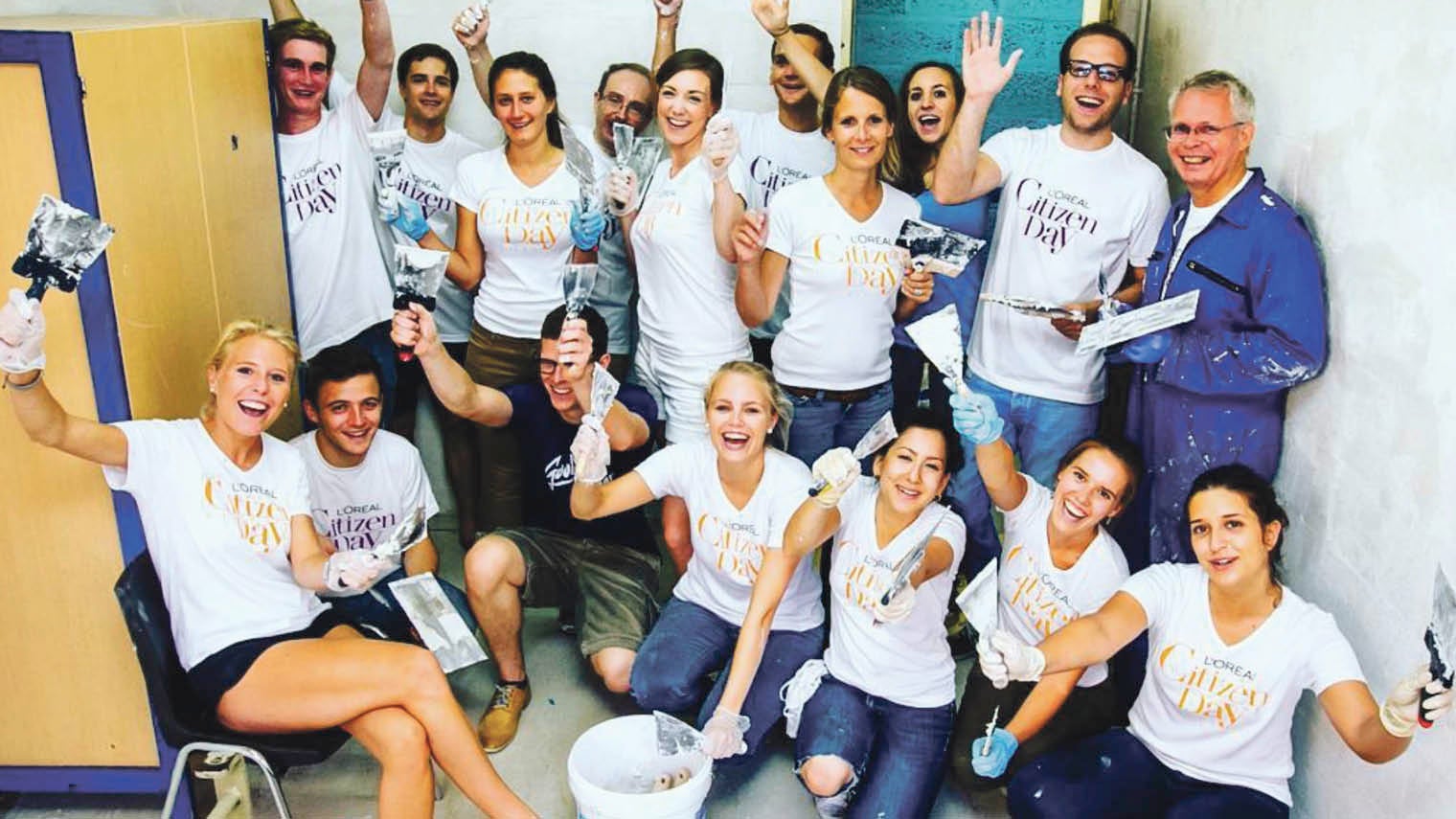When L’Oréal revamped its recruitment system two years ago, it was aware that a large number of good candidates drop off at the application stage.
To compete for the very best talent, the Paris-based multinational beauty company needed to demonstrate that it was at the cutting edge of technology. And this starts from the moment the role becomes vacant. Candidates need a smooth application process and consistency across multiple channels from shoulder tap to their first day on the job.

JEAN-CLAUDE LEGRAND SENIOR VICE PRESIDENT OF TALENT DEVELOPMENT, L’ORÉAL
Jean-Claude Le Grand, L’Oréal’s senior vice president talent development and chief diversity officer, says: “The tool and the technology we use are crucial. They need to be convenient for the recruiters and helpful for the applicant. The candidate experience is a key element in our HR vision: all candidates need to be well treated with good visibility, transparency and regular news updates about the recruitment process.”
The company knew it needed to work on configurability, data model flexibility and end-user usability, especially on its web portals and mobile devices.
L’Oréal is committed to human resources diversity and considers it a crucial lever for growth as well as part of its “citizenship responsibility”. For example, L’Oréal USA doesn’t have a direct brand team, so the recruiting team has to work hard to get the word out via initiatives such as its Life at L’Oréal campaign, which focuses on the work and life of selected staff members.
The company’s recruiting efforts span all its brands in more than 60 countries. Any new system had to allow the company to collect a large amount of candidate data to ensure a good fit across the brands.

L’Oréal Belgium team participating in an annual Citizen Day, giving their time to paint a school
Recruiting has undergone a huge transformation over the past five years. It’s not surprising. So many aspects of the way we do business have changed and the way we interact has altered too. And with talent acquisition in the spotlight, companies like L’Oréal need to ensure they don’t just have the strategy but the technology in place to do it properly.
So L’Oréal turned to Avature, a company that provides flexible recruiting, onboarding and talent management software.

DIMITRI BOYLAN CHIEF EXECUTIVE AVATURE
“Recruitment advertising 15 years ago had an established protocol,” says Avature chief executive Dimitri Boylan. “You advertised in the classifieds and when you wanted to convince someone to buy a car from you, you went on television.”
The internet created a new playing field on which recruiting found itself competing with every other marketing initiative. “Suddenly it’s the Rolling Stones anniversary tour versus your job,” says Mr Boylan.
Recruiters, he believes, were struggling with the fundamental concept that marketing is about engagement. “They were still engaging via word of mouth, like salespeople.”
Avature introduced its CRM (candidate relationship management) tool in 2008. Mr Boylan says: “Companies at the time assumed all recruiting technology was the same. They were correct. But none of this technology was right for the job.”
The Avature tool allows recruiters to reduce hiring-cycle times, spending on advertising and search costs. It also improves strategic alignment with hiring managers by enabling them to source, attract and organise talent better ahead of business demand. Users can source professional profiles from multiple systems simultaneously, schedule and manage social media postings, consolidate recruiting activities in a single, customised platform, and produce dashboards and reports.
This sort of capacity is crucial for the modern recruiter, says Mr Boylan. Organisations need to show how modern and forward thinking they are to capture the best digital candidates. Attracting and converting online is as difficult as getting someone to buy online. And there is fierce competition. Companies are making a concerted effort to balance their workforce and develop diverse populations to match the population.

L’Oréal colleagues embedding the collaborative mindset culture, working on crossfunctional projects
“People are realising that if you have a workforce that’s well balanced between men and women it’s more productive,” says Mr Boylan. “Whenever you have a workforce that is more representative of society in general you have a better workforce.” It’s also easier, operationally, to deliver services that are reflective of the community you serve. But because companies are identifying the same need, they are competing hard for the talented tech individual, for the female professional, for the multi-lingual, multi-cultural candidate.
Therefore recruiting software, says Mr Boylan, needs to be agile and not corporate. It needs great usability and to be able to update regularly. “We’re trying to help our customers be more like internet customers, to operate more like Facebook and Amazon. You can’t do that without constant functional advancements.”
Organisations need to show how modern and forward thinking they are to capture the best digital candidates
Successful recruiting technology also needs to be accessible to everyone, not just the tech-specialists. “There’s a new generation of businesspeople who are much more tech-savvy and more knowledgeable about data analysis,” says Mr Boylan. “They want to be able to make changes to their corporate system themselves. Employees are coming in at 23 are saying, ‘I understand what’s going on and I want to change it’.”
Successful modern businesses like L’Oréal are disruptive. And to be disruptive you need a strong talent acquisition approach. Organisations competing with every other marketing and advertising initiative need to know how to leverage their brand in the same way as marketing does. They need to engage and do it well. They need to be able to test, evaluate and constantly improve. Mr Boylan says: “The Avature platform gives them a faster way to experiment, try things out, fail quickly, figure out what works. To do this and be a competitor requires a very different relationship with a technology vendor.”
Mr Le Grand adds: “We were attracted by the idea of the parallel between the candidate and customer experience, and we liked that Avature weren’t traditional players.”
There are always issues in the recruitment process, he agrees, “but the agility and ability to alter quickly means we are now able to fix them – this was something previously unavailable to us”.
For more information please visit www.avature.net









